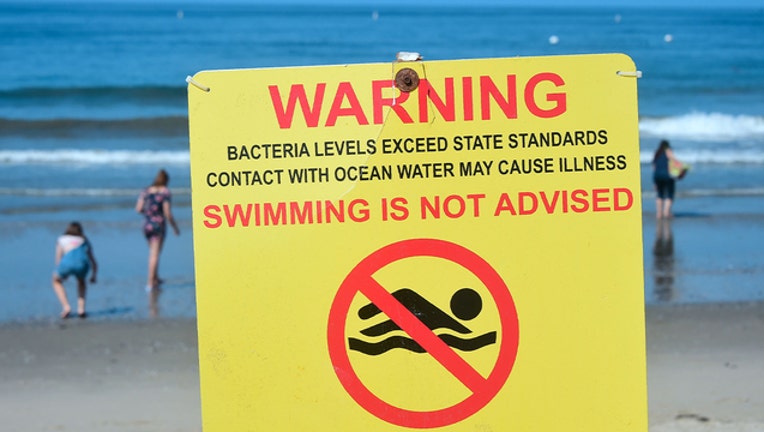Researchers found 75 percent of Great Lakes beaches were potentially unsafe at least one day in 2018

(FOX 2) - About 75 percent of Great Lakes beaches were rated 'potentially unsafe' for at least one day in 2018 due to bacteria.
That's the conclusion drawn from a report conducted by the Environment America Research & Policy Center and Frontier Group, which analyzed 29 coastal and Great Lakes states. Testing 4,523 beach sites, the group noted more than half were potentially unsafe for swimming at least one day in 2018.
Those numbers were higher in the Great Lakes, with Michigan totaling the highest number of potentially unsafe beach sites.
The most contaminated beach in Michigan came from St. Clair Shores Memorial Park, where 26 beach days were rated as potentially unsafe. Wayne County received the highest number of potentially unsafe beaches at 75 percent. In total 120 out of 207 beaches in Michigan received the unsafe designation.
Beaches were rated as potentially unsafe if bacteria levels exceeded the EPA "Beach Action Value" standard.
Other states on Great Lakes showed data with similar trends:
- Indiana: 22 out of 23 beaches rated potentially unsafe
- Minnesota: 25 out of 42 beaches rated potentially unsafe
- Ohio: 56 out of 58 beaches rated potentially unsafe
- Pennsylvania: 27 out of 28 beaches rated potentially unsafe
- Wisconsin: 111 out of 125 beaches rated potentially unsafe
Bacteria that contaminates water often comes from feces. Human contact with contaminated water can result in intestinal, respiratory, ear and eye diseases. The group said "U.S. swimmers suffer an estimated 57 million cases of recreational waterborne illness."

